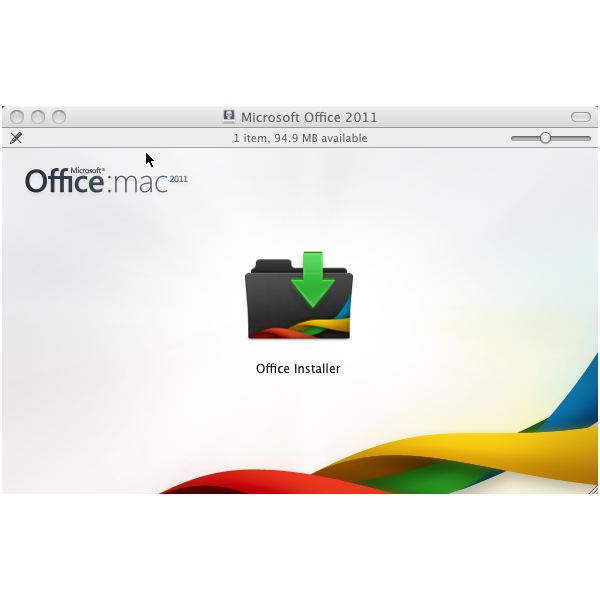

To export to an Outlook for Mac Data File (.olm), please use Microsoft's documentation. Otherwise, you can manually archive your messages to an Outlook for Mac Data File (.olm).Īll Outlook for Mac items can be found in the SQLite database located at: /Users/username/Library/Group Containers/UBF8T346G9.Office/Outlook/Outlook 15 Profiles. If a file gets damaged or lost, you can use Time Machine to browse through the backups and recover the copy of the file. If you turn on Time Machine, it automatically makes copies of every file on your computer on a regular basis. Also, you can refer to Download and install or reinstall Office 365 or Office 2016 on a PC or Mac. "Outlook 2016 for Mac stores messages and other items, such as calendar events, contacts, tasks, and notes, as a SQLite database on your computer. If you are using one of the Office 365 for Business subscriptions, you can go to the Software page in the portal to download the Office programs. If your version of Office 365 contacts are stored in a different location, a different file may need to be restored from your backup. Did you delete ALL the contacts some other way other than deleting the folder that contains them?Īre your Outlook contacts stored locally or on an Exchange server? If they are on a server they should be downloaded when you synchronize.īelow is some information about Outlook 2016. Locate the last AutoRecovered files by following this path: User>Documents>Microsoft User Data>Office 2011 AutoRecovery.


How did you delete the contacts? If you deleted that folder, restoring it should restore them.


 0 kommentar(er)
0 kommentar(er)
